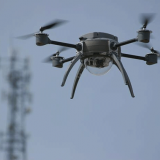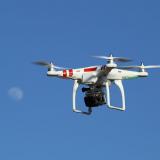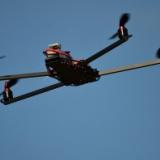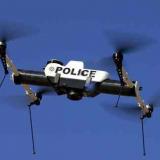Drones
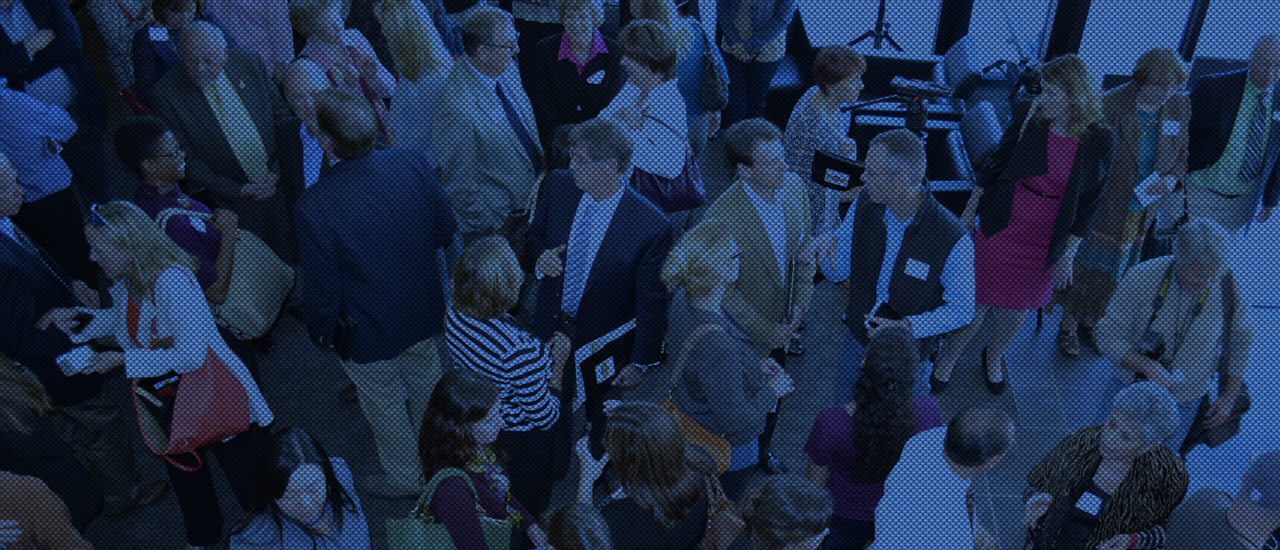
Image Gallery
From the Border Patrol to local cops, the government can use drones to watch people, vehicles, and other subjects of interest from the air. Capable of being outfitted with cameras powerful enough to hone in on an individual face or to study enormous swaths of a major city at once, drones are rapidly becoming cheaper and more powerful. Federal grants and equipment-sharing agreements make them available to local police forces. A public records request by the Electronic Frontier Foundation revealed that Customs and Border Patrol had performed 687 drone surveillance missions for other federal, state, and local agencies between 2010 and 2012.
CIVIL LIBERTIES CONCERNS
Drones give the government unprecedented capabilities to track the movements of people. Without clear regulations limiting their use, they can be employed for mass dragnet surveillance or surveillance of political protests and other lawful free speech activities.
Police have conducted surveillance from airplanes and helicopters for decades. However, manned surveillance aircraft are expensive to buy, maintain, and fly. These practical drawbacks traditionally have limited the government’s use of aerial surveillance. Major advances in unmanned technology, optics, and analytics have changed matters. Watching from the air is cheaper, easier, and more effective than ever.
- Drones are unmanned aircrafts that are connected to some type of control station via a data link. People in the control station direct the drone remotely through a wireless connection. Drones vary in how far away they can fly from their control station. While the link between the controller and the aircraft is typically secure, last year researchers at the University of Texas were able to hijack a connection link and give a drone new flight commands.
- Drones vary widely in size and ability. Customs and Border Patrol uses Predator B drones to survey huge parts of the southern border. With a wingspan of 66 feet and a top altitude of nearly 50,000 feet, these workhorses can stay aloft for almost 30 hours. One of law enforcement’s favorite drones is the Insitu ScanEagle, an inexpensive craft with a 10-foot wingspan and flight time of 24 hours. Recently, small “hummingbird” craft designed for stealth surveillance have reached the market. Disguised as real hummingbirds, these drones have a wingspan of 6.5 inches and weigh less than an AA battery.
- Police can outfit drones with a wide variety of advanced surveillance tools. Law enforcement may equip their drones with live video, infrared, or heat-sensing cameras. Some use cameras that can scan and record entire neighborhoods or small cities. Others zoom in on a face or license plate from miles away. Some drones may contain Wi-Fi sensors or cell tower simulators that track the location of your cell phone or wireless devices capable of delivering spyware to your phone or computer. Powerful video analytics give drones independence. Smart drones can identify and track people, recognize ”suspicious” activities, or even flag changes in routines, buildings, or grounds.
- Drones can talk to one another. They offer flexibility and cooperative abilities that outstrip the abilities of manned aircraft. The ACLU has pointed out that “a large number of cheap, autonomous drones working in concert like a swarm of insects” could watch a neighborhood or city in far greater detail than a few manned helicopters.
Until recently, the Federal Aviation Administration has kept a lid on law enforcement’s use of drones in order to safely manage air traffic. However, police and industry advocates have aggressively lobbied the FAA and Congress to loosen these rules. The FAA estimates that U.S. skies could host 30,000 drones by 2020.
Public records show the FBI, DEA, and Border Patrol often use Predator drones in surveillance missions inside the United States. These agencies share their drones with state and local police with alarming frequency. Some local police departments are interested in building their own drone fleets, encouraged by over $4 million in federal grants.
Examples of Use
When government agencies consider acquiring and using surveillance systems, communities and their elected officials must both weigh the benefits against the costs to civil liberties and carefully craft policies and procedures that help to limit the negative effects that surveillance will have on fundamental rights. For a useful list of considerations, please visit the recommendations page.
